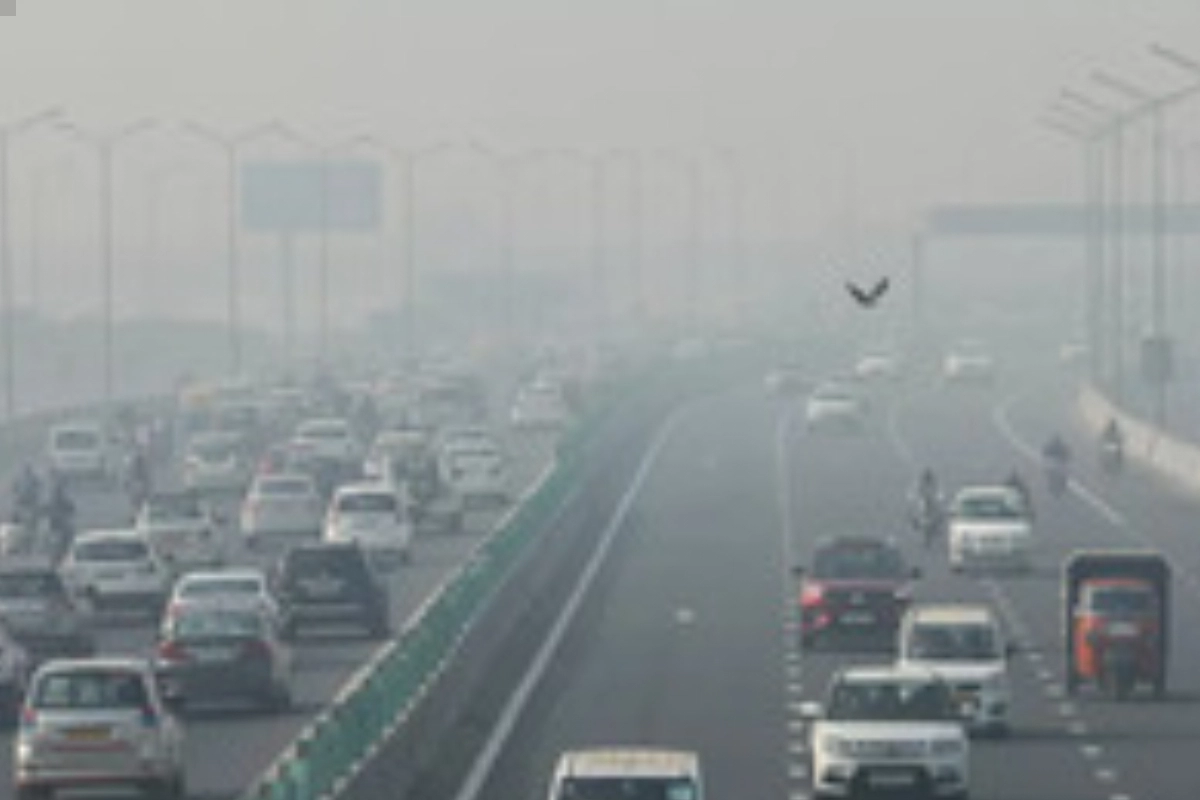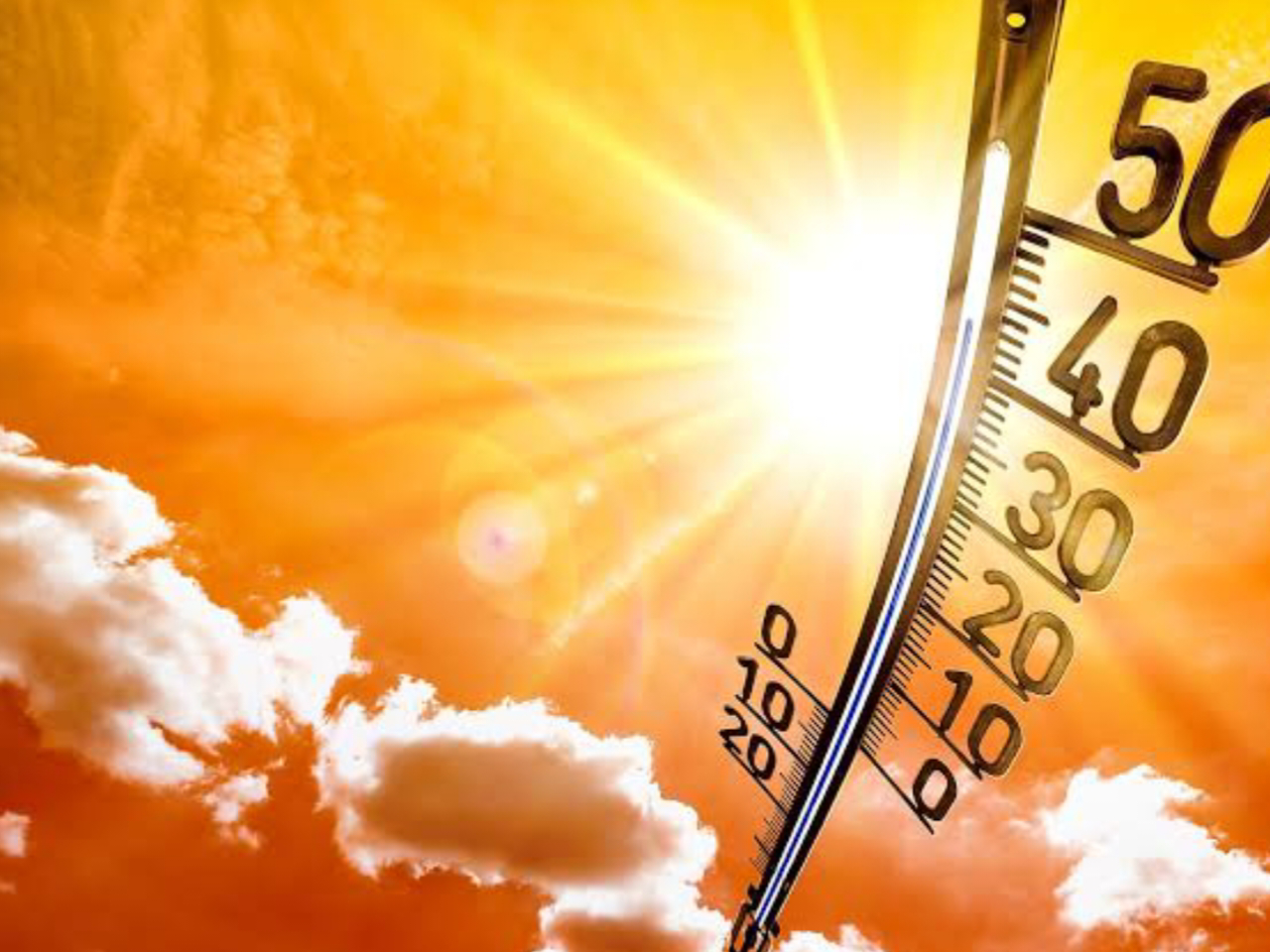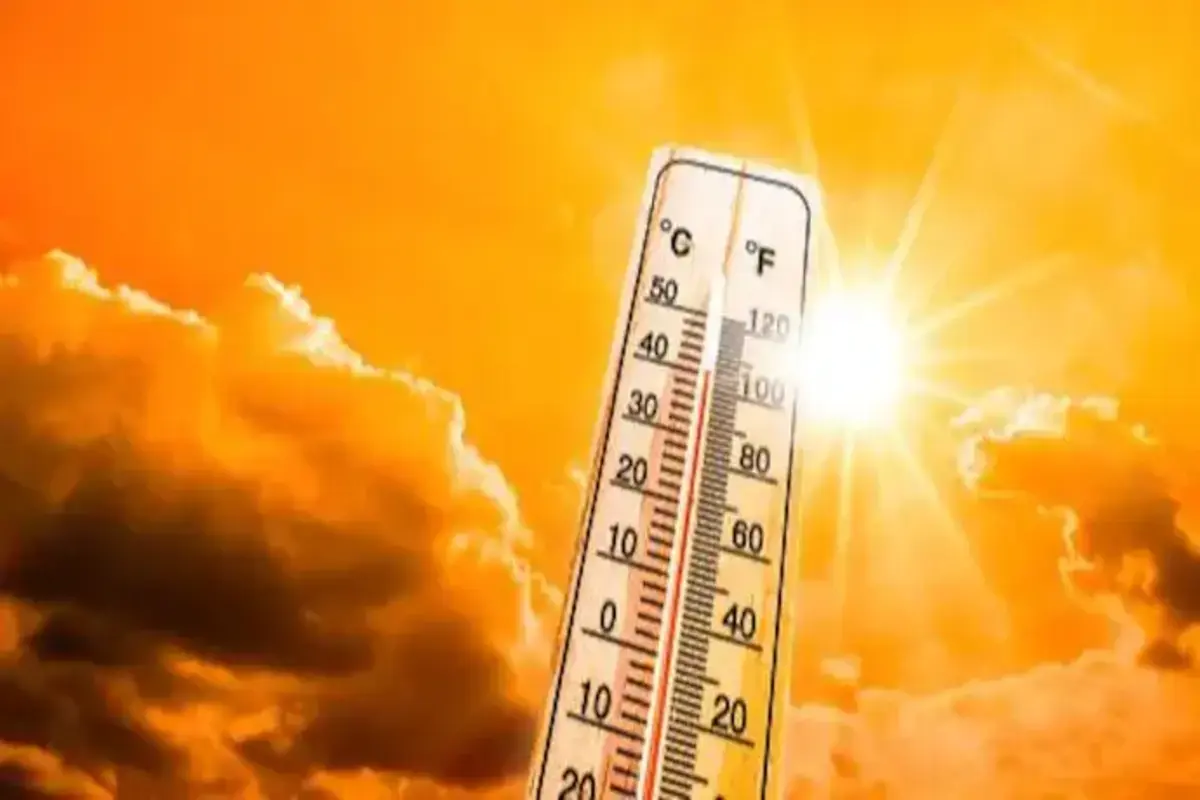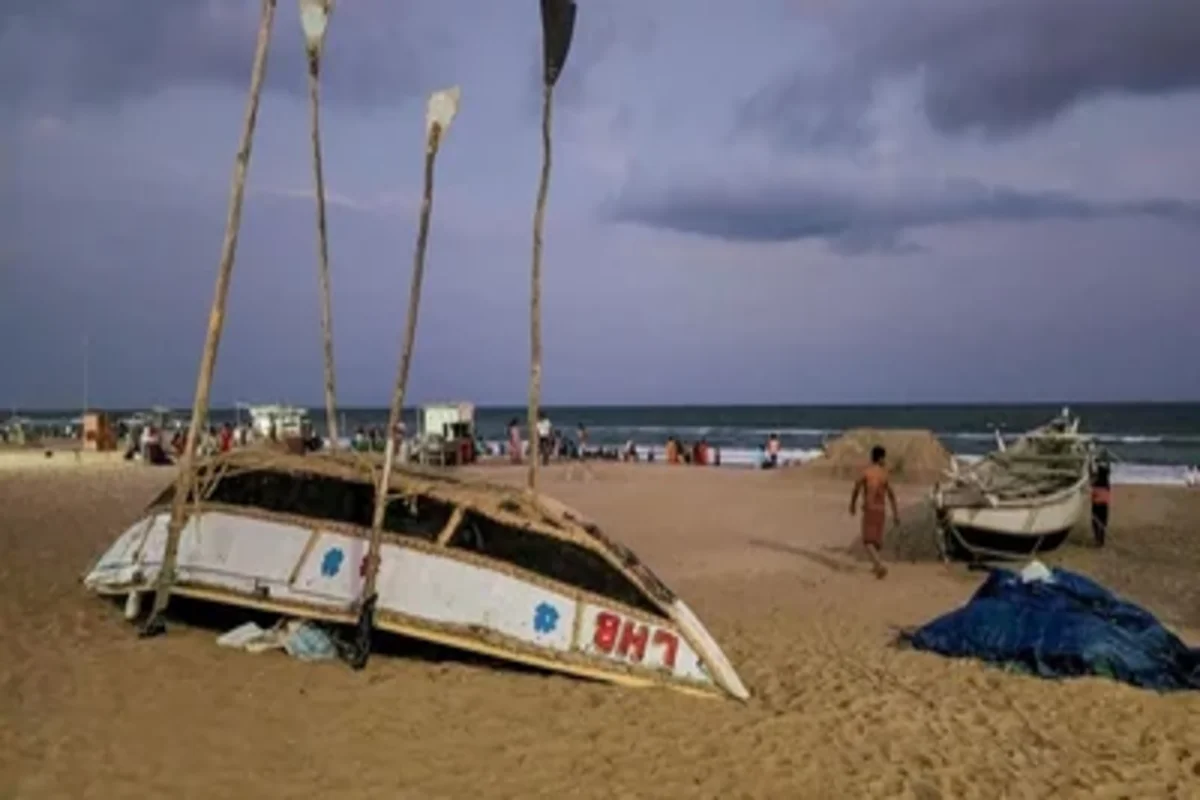Delhi-NCR Pollution: Wednesday saw a worsening of Delhi’s air quality as a layer of pollution shrouded the city and residents continued to seek for fresh air. According to the most recent statistics from the System of Air Quality and Weather Forecasting and Research, the national capital’s overall AQI worsened from 321 on Tuesday to 339 on Wednesday (SAFAR).
Due to unfavourable weather, the air quality is predicted to deteriorate during the next few hours. From November 11, a helpful wind speed of 15 to 20 kmph is anticipated to bring about a significant improvement.
Other areas of Delhi-NCR also saw a worsening in the AQI overall. Gurugram’s Air Quality Index (AQI) is 338 (very poor category), while Noida’s is 371 (very poor category).
An AQI of 0 to 50 is regarded as “good”, 51 to 100 as “satisfactory,” 101 to 200 as “moderate,” 201 to 300 as “poor,” 301 to 400 as “very poor,” and 401 to 500 as “severe.”
Also Read: COP27: Island Nations Urge China and India to Pay for Climate Destruction
Punjab saw a decrease in farm fires from 2,487 on Monday to 605 on Tuesday
According to data from the Indian Agricultural Research Institute and SAFAR, a forecasting organisation under the Union Ministry of Earth Sciences, their contribution to Delhi’s PM2.5 pollution decreased from 14% on Monday to 9% on Tuesday.
At the Safdarjung and Palam airports, respectively, the daytime haze reduced visibility to 800 metres and 900 metres, according to a representative of the India Meteorological Department (IMD).
On Friday, according to Mahesh Palawat, vice president (meteorology and climate change), the air quality is likely to deteriorate before improving.
Although burning stubble does not significantly contribute to the accumulation of locally created pollutants, the wind speed is expected to increase to 15-20 kph starting on Friday, he said.
The Delhi government decided on Monday to resume elementary courses starting on November 9 and to cancel the directive requesting 50% of its employees to work from home in light of the city’s air quality improving during the previous two days.
According to stage 3 of the Graded Response Action Plan (GRAP), however, the operation of BS-III petrol and BS-IV diesel four-wheelers in Delhi will continue to be prohibited, according to Delhi Environment Minister Gopal Rai.
A punishment of Rs 20,000 could be imposed for violating the restriction. Vehicles used for government, electoral, and emergency services activities are excluded.
“Paryavaran Bus Sewa” initiative
Under the “Paryavaran Bus Sewa” initiative, the Delhi government will operate 500 more buses in the nation’s capital in an effort to improve public transportation and cut down on vehicle emissions.
In the capital, vehicle emissions are responsible for over 40% of the PM 2.5 pollution, according to a 2018 report by The Energy and Resources Institute.
As Delhi’s air quality improved, the Commission for Air Quality Management (CAQM) on Sunday gave officials the go-ahead to end the stage 4 of the GRAP-imposed restriction on trucks entering the city and the operation of non-BS VI diesel light motor vehicles in the area.
In Delhi-NCR, construction on public projects including pipelines, flyovers, and motorways was also prohibited.
The CAQM order that suggested the limitations was released on Thursday
The Delhi Pollution Control Committee found that between November 1 and November 15, when stubble-burning peaks and winters set in, citizens in the nation’s capital breathe the worst air.
According to the Air Quality Life Index (AQLI), which was published in June by the Energy Policy Institute at the University of Chicago (EPIC), Delhi residents could lose 10 years of life expectancy as a result of the city’s poor air quality.
Keep watching our YouTube Channel ‘DNP INDIA’. Also, please subscribe and follow us on FACEBOOK, INSTAGRAM, and TWITTER












